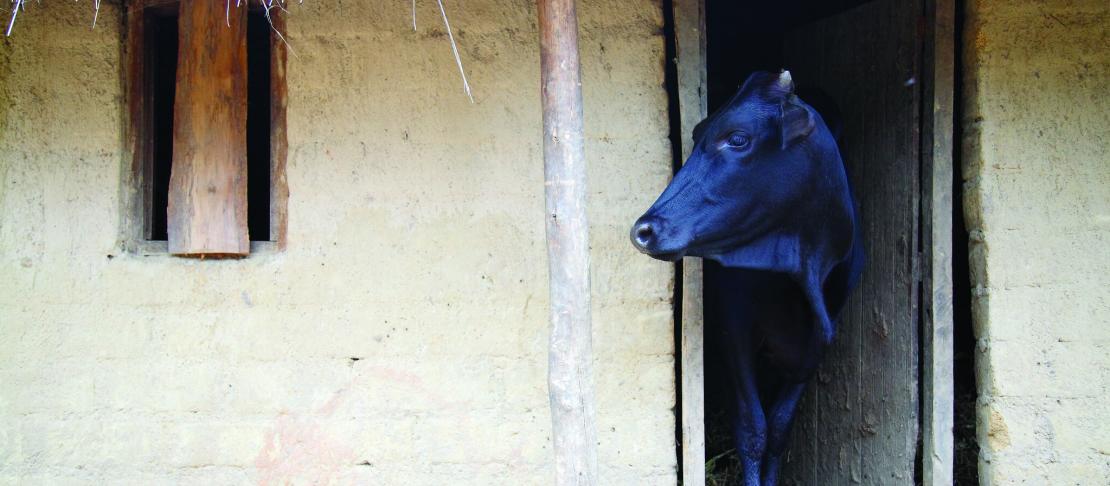The elephant in the room – or is it a cow?

Of all the sectors contributing to anthropological greenhouse gas emissions, the livestock sector has been the most consistently difficult to pin down. How does one actually measure emissions from a living, changing animal? Do you count the CO2 they exhale with every breath? What about all the rainforest that’s been chopped down to accommodate pasture land, do you count that, too? With the wide range of estimates for livestock’s contribution to GHGs and the ongoing argument as to which production systems are the most sustainable, it’s no wonder livestock often gets left out of the mitigation discussion altogether.
But the difficulties associated with getting the numbers correct are no excuse for inaction, said Theme Leader for Adaptation for Progressive Climate Change Andy Jarvis last week at the 13th Annual Meeting of the Inter-Agency Donor Group (IADG) of the World Bank in Washington, D.C. “Despite our uncertainties,” explained Jarvis, “there’s no getting around the fact that livestock have a huge ecological ‘hoofprint.’ That hoofprint can only get bigger as global demand for animal products grows, and the livestock sector has to get serious about appropriate policy and technology.”
This blog post was prepared by Caitlin Peterson, from the International Center for Tropical Agriculture (CIAT), originally published on the CIAT Decision and Policy Analysis (DAPA) blog. Read the rest of the story here.


